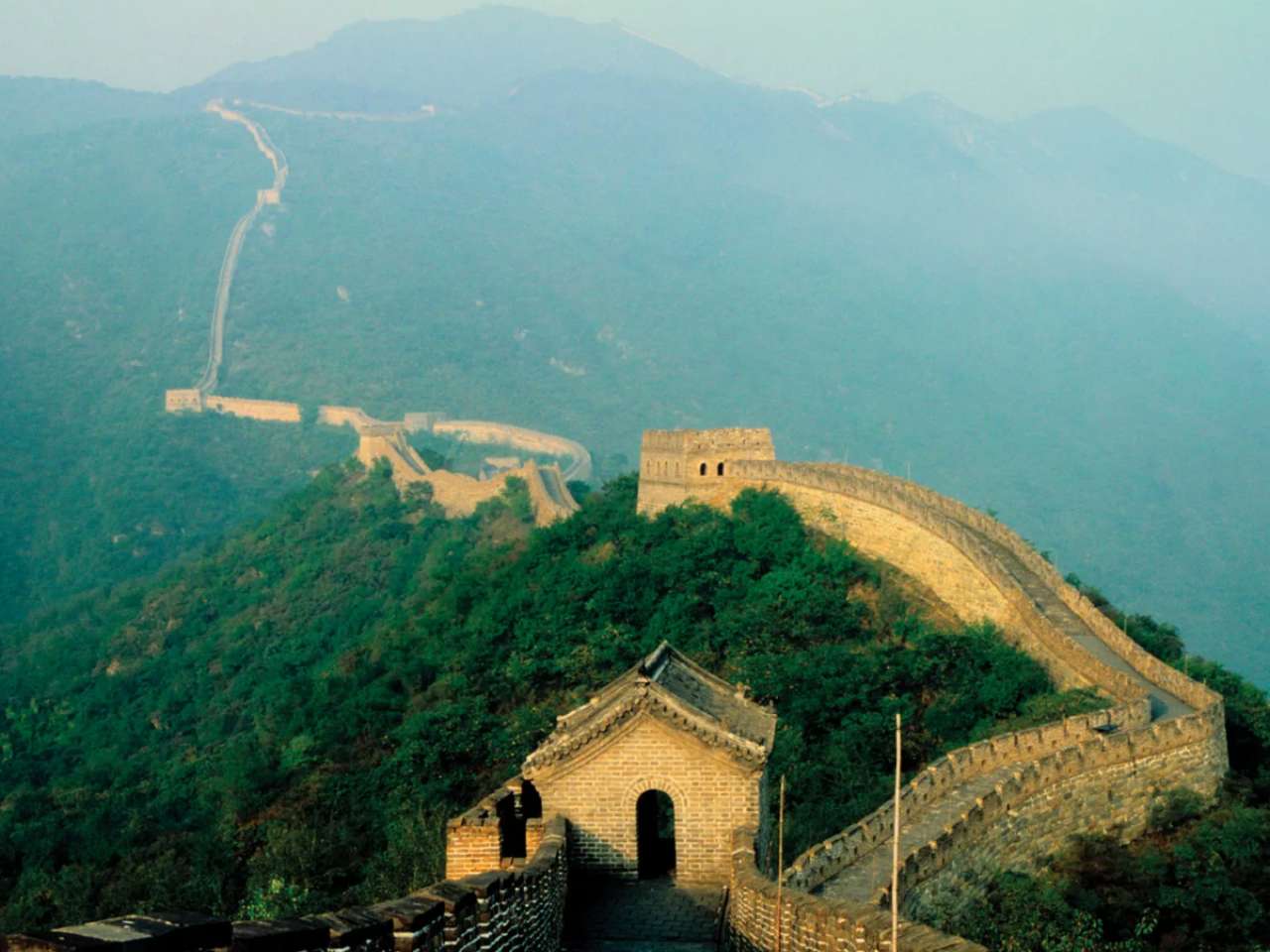A month after the well blowout and rig explosion that killed 11 workers, sheets of rust-coloured heavy oil are starting to clog fragile marshlands on the fringes of the Mississippi Delta.
Energy giant BP Plc scrambled to contain a month-old seabed well leak billowing crude oil into the Gulf of Mexico on Saturday as anger mounted among affected residents and political leaders in Washington
A month after the well blowout and rig explosion that killed 11 workers, sheets of rust-coloured heavy oil are starting to clog fragile marshlands on the fringes of the Mississippi Delta, damaging fishing grounds and wildlife.
"To me from the very beginning with BP it was nothing but public relations," said Roger Halphen, a south Louisiana school teacher who has worked both in the oil industry and as a commercial fisherman.
"It's just a disaster. Everybody was sleeping on this and now all of a sudden here it is," he said of oil washing up on the coast.
BP's battered reputation has been reflected in its share price which lost more than 4%in London on Friday, extending recent sharp losses.
US lawmakers and scientists have accused BP of trying to conceal what many believe is already the worst US oil spill, eclipsing the 1989 Exxon Valdez accident in Alaska. It represents a potential environmental and economic catastrophe for the US Gulf coast.
The London-based energy giant, facing growing federal government and public frustration and allegations of a cover-up, said its engineers were working with the US government scientists to determine the size of the leak, even as they fought to control the gushing crude with uncertain solutions.
It also reiterated on Friday that it was making an effort to be transparent about the unfolding situation.
"We are committed to providing the American people with the information they need to understand the environmental impact from the spill and the response steps that have been taken," BP's chief executive Tony Hayward said in a statement.
"We share with you a strong commitment to transparency. BP is working hand-in-hand with federal, state and local governments to gather data on the seabed and in the water, and to incorporate those learnings so that we can continually improve the effectiveness of our response efforts," he said.
President Barack Obama's administration has kept up the pressure on BP. Obama is naming former democratic senator Bob Graham and former Environmental Protection Agency chief William Reilly to co-chair a bipartisan commission to investigate the of spill, a White House official said on Friday.
The panel is patterned after past commissions that have probed incidents such as the 1986 explosion of the space shuttle Challenger
BP's next planned step is a "top kill" -- pumping heavy fluids and then cement into the gushing well to plug it. That operation could start next week, perhaps on Tuesday, BP chief operating officer Doug Suttles said.
Adding to the confusion, BP revised downward on Friday an estimate from Thursday that one of its containment solutions -- a 1-mile (1.6 km)-long siphon tube inserted into the larger of two seabed leaks -- was capturing 5,000 barrels (210,000 gallons795,000 litres) of oil per day.
A BP spokesman said the amount of crude oil it sucked from the leak fell to 2,200 barrels (92,400 gallons350,000 litres) a day in the 24-hour period ended at midnight on Thursday.
"The rate fluctuates quite widely on this tool," Suttles told reporters at a briefing in Robert, Louisiana.
Many scientists dismiss an original 5,000 bpd estimate of the total leaking oil -- often defended by BP executives -- as ridiculously low and say it could be as high as 70,000 barrels (2.9 million gallons11 million litres) per day or more.
"There's a huge amount of uncertainty around that number and it could have a fairly wide range," Suttles said.
A federal panel will release its estimate of the actual flow rate as early as next week, a Coast Guard official said.
Scientists fear parts of the huge fragmented surface slick will be sucked to the Florida Keys and Cuba by ocean currents.
![submenu-img]() Viral video: Kind man assists duck family in crossing the road, internet lauds him
Viral video: Kind man assists duck family in crossing the road, internet lauds him![submenu-img]() Can you see the Great Wall of China from space? here's the truth
Can you see the Great Wall of China from space? here's the truth![submenu-img]() Ashutosh Rana breaks silence on his deepfake video supporting a political party: 'I would only be answerable to...'
Ashutosh Rana breaks silence on his deepfake video supporting a political party: 'I would only be answerable to...'![submenu-img]() Meet India's most talented superstar, is actor, dancer, stuntman, singer, lyricist; not Ranbir, Shah Rukh, Aamir, Salman
Meet India's most talented superstar, is actor, dancer, stuntman, singer, lyricist; not Ranbir, Shah Rukh, Aamir, Salman![submenu-img]() This flop film was headlined by star kid, marked south actress's Bollywood debut, made in Rs 120 crore, earned just...
This flop film was headlined by star kid, marked south actress's Bollywood debut, made in Rs 120 crore, earned just...![submenu-img]() DNA Verified: Is CAA an anti-Muslim law? Centre terms news report as 'misleading'
DNA Verified: Is CAA an anti-Muslim law? Centre terms news report as 'misleading'![submenu-img]() DNA Verified: Lok Sabha Elections 2024 to be held on April 19? Know truth behind viral message
DNA Verified: Lok Sabha Elections 2024 to be held on April 19? Know truth behind viral message![submenu-img]() DNA Verified: Modi govt giving students free laptops under 'One Student One Laptop' scheme? Know truth here
DNA Verified: Modi govt giving students free laptops under 'One Student One Laptop' scheme? Know truth here![submenu-img]() DNA Verified: Shah Rukh Khan denies reports of his role in release of India's naval officers from Qatar
DNA Verified: Shah Rukh Khan denies reports of his role in release of India's naval officers from Qatar![submenu-img]() DNA Verified: Is govt providing Rs 1.6 lakh benefit to girls under PM Ladli Laxmi Yojana? Know truth
DNA Verified: Is govt providing Rs 1.6 lakh benefit to girls under PM Ladli Laxmi Yojana? Know truth![submenu-img]() Aamir Khan, Naseeruddin Shah, Sonali Bendre celebrate 25 years of Sarfarosh, attend film's special screening
Aamir Khan, Naseeruddin Shah, Sonali Bendre celebrate 25 years of Sarfarosh, attend film's special screening![submenu-img]() Alia Bhatt wears elegant saree made by 163 people over 1965 hours to Met Gala 2024, fans call her ‘princess Jasmine’
Alia Bhatt wears elegant saree made by 163 people over 1965 hours to Met Gala 2024, fans call her ‘princess Jasmine’![submenu-img]() Jr NTR-Lakshmi Pranathi's 13th wedding anniversary: Here's how strangers became soulmates
Jr NTR-Lakshmi Pranathi's 13th wedding anniversary: Here's how strangers became soulmates![submenu-img]() Streaming This Week: Heeramandi, Shaitaan, Manjummel Boys, latest OTT releases to binge-watch
Streaming This Week: Heeramandi, Shaitaan, Manjummel Boys, latest OTT releases to binge-watch![submenu-img]() Remember Ayesha Kapur? Michelle from Black, here's how actress, nutrition coach, entrepreneur looks after 19 years
Remember Ayesha Kapur? Michelle from Black, here's how actress, nutrition coach, entrepreneur looks after 19 years![submenu-img]() Haryana Political Crisis: Will 3 independent MLAs support withdrawal impact the present Nayab Saini led-BJP government?
Haryana Political Crisis: Will 3 independent MLAs support withdrawal impact the present Nayab Saini led-BJP government?![submenu-img]() DNA Explainer: Why Harvey Weinstein's rape conviction was overturned, will beleaguered Hollywood mogul get out of jail?
DNA Explainer: Why Harvey Weinstein's rape conviction was overturned, will beleaguered Hollywood mogul get out of jail?![submenu-img]() What is inheritance tax?
What is inheritance tax?![submenu-img]() DNA Explainer: What is cloud seeding which is blamed for wreaking havoc in Dubai?
DNA Explainer: What is cloud seeding which is blamed for wreaking havoc in Dubai?![submenu-img]() DNA Explainer: What is Israel's Arrow-3 defence system used to intercept Iran's missile attack?
DNA Explainer: What is Israel's Arrow-3 defence system used to intercept Iran's missile attack?![submenu-img]() Ashutosh Rana breaks silence on his deepfake video supporting a political party: 'I would only be answerable to...'
Ashutosh Rana breaks silence on his deepfake video supporting a political party: 'I would only be answerable to...'![submenu-img]() Meet India's most talented superstar, is actor, dancer, stuntman, singer, lyricist; not Ranbir, Shah Rukh, Aamir, Salman
Meet India's most talented superstar, is actor, dancer, stuntman, singer, lyricist; not Ranbir, Shah Rukh, Aamir, Salman![submenu-img]() This flop film was headlined by star kid, marked south actress's Bollywood debut, made in Rs 120 crore, earned just...
This flop film was headlined by star kid, marked south actress's Bollywood debut, made in Rs 120 crore, earned just...![submenu-img]() India's most successful star kid was superstar at 14, daughter of tawaif, affair with married star broke her, died at...
India's most successful star kid was superstar at 14, daughter of tawaif, affair with married star broke her, died at...![submenu-img]() India's biggest flop actor, worked with superstars, married girl half his age, once left Aamir's film midway due to..
India's biggest flop actor, worked with superstars, married girl half his age, once left Aamir's film midway due to..![submenu-img]() England pace legend James Anderson set to retire from Test cricket after talks with Brendon McCullum
England pace legend James Anderson set to retire from Test cricket after talks with Brendon McCullum![submenu-img]() IPL 2024: Shubman Gill, Sai Sudharsan centuries guide Gujarat Titans to 35-run win over Chennai Super Kings
IPL 2024: Shubman Gill, Sai Sudharsan centuries guide Gujarat Titans to 35-run win over Chennai Super Kings![submenu-img]() KKR vs MI IPL 2024: Predicted playing XI, live streaming details, weather and pitch report
KKR vs MI IPL 2024: Predicted playing XI, live streaming details, weather and pitch report![submenu-img]() 'It's ego-driven...': Ex-RCB star on Hardik Pandya's captaincy in IPL 2024
'It's ego-driven...': Ex-RCB star on Hardik Pandya's captaincy in IPL 2024![submenu-img]() BCCI to advertise for Team India's new head coach after T20 World Cup
BCCI to advertise for Team India's new head coach after T20 World Cup![submenu-img]() Viral video: Kind man assists duck family in crossing the road, internet lauds him
Viral video: Kind man assists duck family in crossing the road, internet lauds him![submenu-img]() Can you see the Great Wall of China from space? here's the truth
Can you see the Great Wall of China from space? here's the truth![submenu-img]() Mother bear teaches cubs how to cross a road with caution, video goes viral
Mother bear teaches cubs how to cross a road with caution, video goes viral![submenu-img]() Meet the tawaif, real courtesan of Heeramandi, was once highest paid item girl, was killed by....
Meet the tawaif, real courtesan of Heeramandi, was once highest paid item girl, was killed by....![submenu-img]() Mukesh Ambani’s old image with billionaire friends go viral, Harsh Goenka makes joke of…
Mukesh Ambani’s old image with billionaire friends go viral, Harsh Goenka makes joke of…























































)
)
)
)
)
)